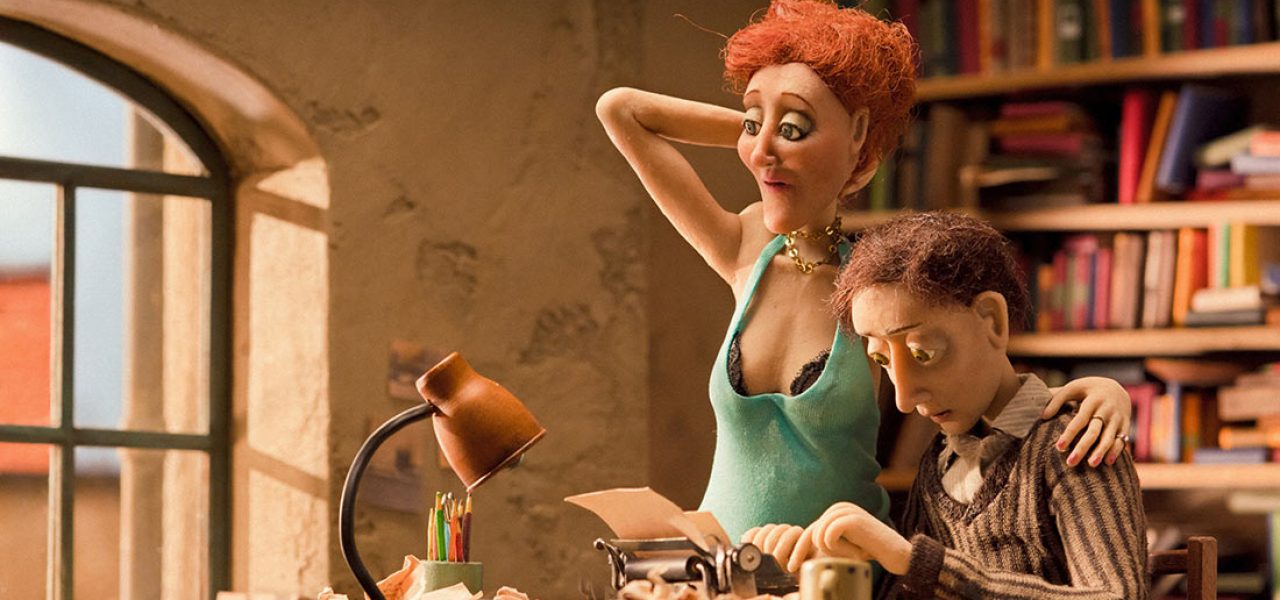
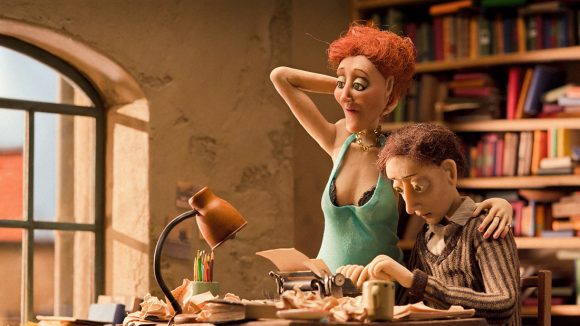
Watch The Online Premiere of Spela Cadez’s Festival Hit ‘Boles’
Špela Čadež’s festival hit Boles (2013), a beautifully crafted stop motion short, makes its online debut at Cartoon Brew today.
Slovenian animation director Špela Čadež’s debuted her 12-minute Boles almost four years ago, picking up around 50 awards and special mentions on the festival circuit. Boles is being published online today in celebration of Čadež’s selection for the Sundance Film Festival, starting today, with her second animated short Nighthawk (2016). Nighthawk was deemed one of last year’s best animated shorts in this recent industry survey.

Cartoon Brew met with Čadež to talk about Boles, the joys of working with real materials, the meaninglessness of awards, and the danger of getting lost in details.
Cartoon Brew: During its festival round Boles collected many grand prizes and audience awards at the time – Leipzig, Hiroshima, Anim’est and Zagreb, to name but a few. What was that like to enjoy such great success with your debut professional film?
Špela Čadež: I feel like I was hated by animators all around the world. [laughs] I heard filmmakers that were competing at the same festivals as me say, ‘Oh no, not that film again! I bet that’s going to win again.’ It’s a bit strange. Once you’ve made a successful film, especially if it’s your debut film, it’s quite difficult to make an even better one. I guess that is because people judge you based on what you did before. It definitely put pressure on me while making my second film, Nighthawk.

You yourself have been in many juries and selection committees over the past few years. What did you learn from being on ‘the other side’?
Špela Čadež: One thing I learned is that the first minute of your film should be really strong, because that’s when you have to wake up the committee members from the hundreds of films they saw before yours. Also, I think I’m not so offended anymore when not getting selected for a festival, because I know how tiring the selection process is. Another thing I learned from being on juries is that there’s no such thing as “the best films,” just the films that are closest to the taste of the people judging them.
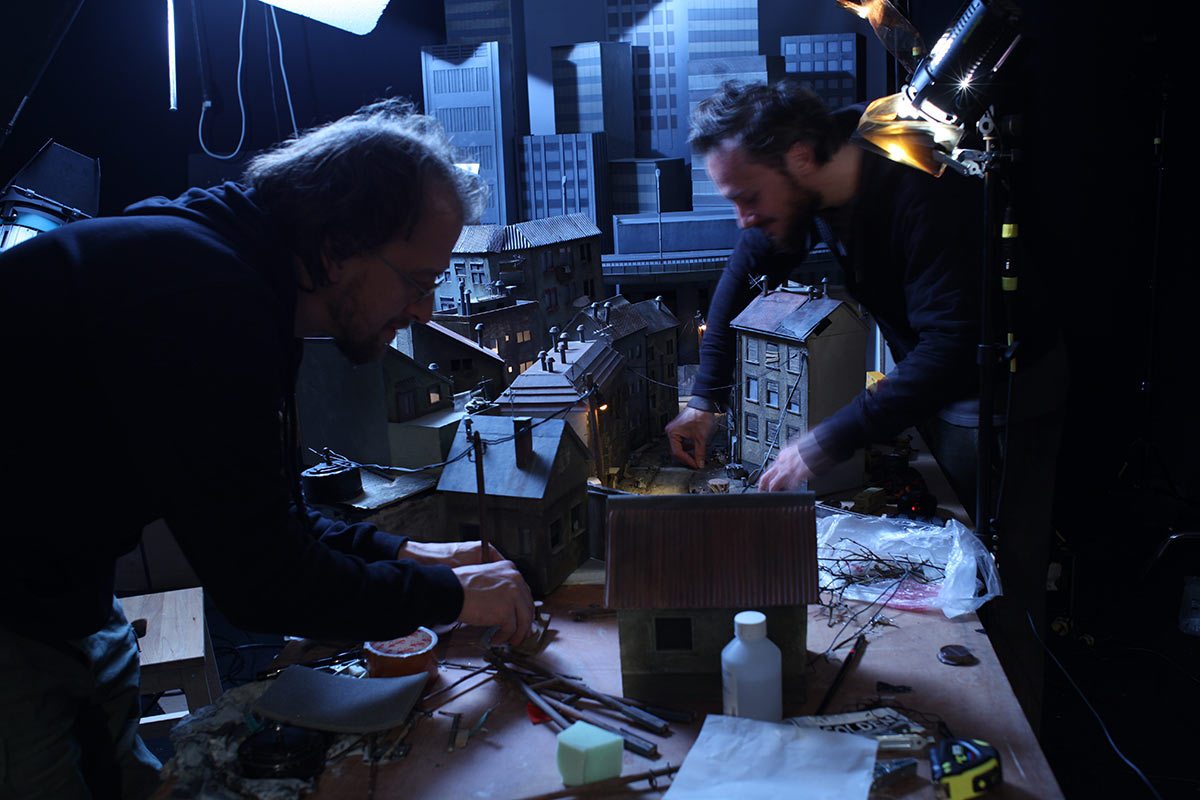
Do you feel your success with Boles makes it easier to realize your next films?
Špela Čadež: Winning awards means a lot and it means little at the same time. As an art student I received plenty of awards, and I always thought that would help me in my career and with getting funding for future films. But when I returned to Slovenia and applied for a grant, the fund rejected the application. They wrote me back saying that what I do is senseless and I should stop it. That’s when I realized that it doesn’t matter how many awards you win; every grant application will be a new start, a new fight.
What makes you decide on a subject matter when you’re making a new film?
Špela Čadež: I usually take something in my life that bugs me, and try to digest it through my work. Something that’s close to me, that’s inside of me – I find that this makes for the most honest films. As for Boles, I was looking for literature to base a short on and it was quite hard to find one that resonated with me. But when I read Maxim Gorky’s Her Lover I instantly knew it was ‘my’ story.

What’s your design process like? Do you design your characters first by drawing on paper or do you go three dimensional right away?
Špela Čadež: I do some sketches first, but that’s mostly because I have to, for the funding bodies. I prefer to go straight ahead and mold the characters in clay. I just love getting my fingers dirty and enjoying the materials. It’s really easy to express myself that way.
For Boles I worked with a professional puppet maker [Žiga Lebar] to make silicone puppets out of my initial designs. He’s a real perfectionist. Before I used to improvise a lot, working on my own, but this time I got instructions on how to prepare the designs. I was quite scared to not be able to live up to the puppet maker’s standards. Everything that he did was just so detailed and perfect.
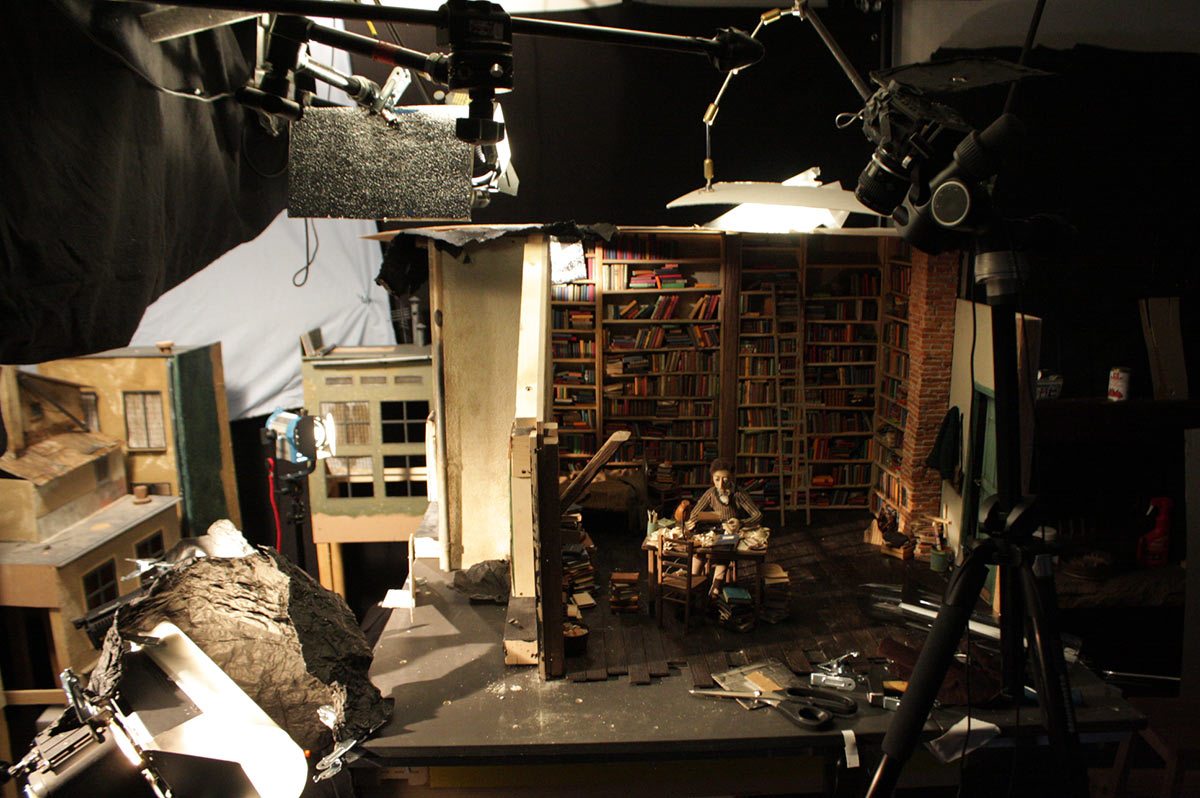
There are so many visual details to be found in Boles. How did you determine at which point it was exactly enough?
Špela Čadež: Probably that is always determined by the time schedule. There’s this strict law from the Slovenian Ministry of Culture that you have to finish a film project in two years. I easily get lost in details, I guess that shows in Boles. It’s just that when I think about the main character, I want to think as much as I can about what his life and thus his environment looks like. I remember a storytelling class at my university where they said that everything you put into the background will tell the viewer something about the character, so you wouldn’t have to explain these things through the story. Maybe I took that too seriously. [laughs]
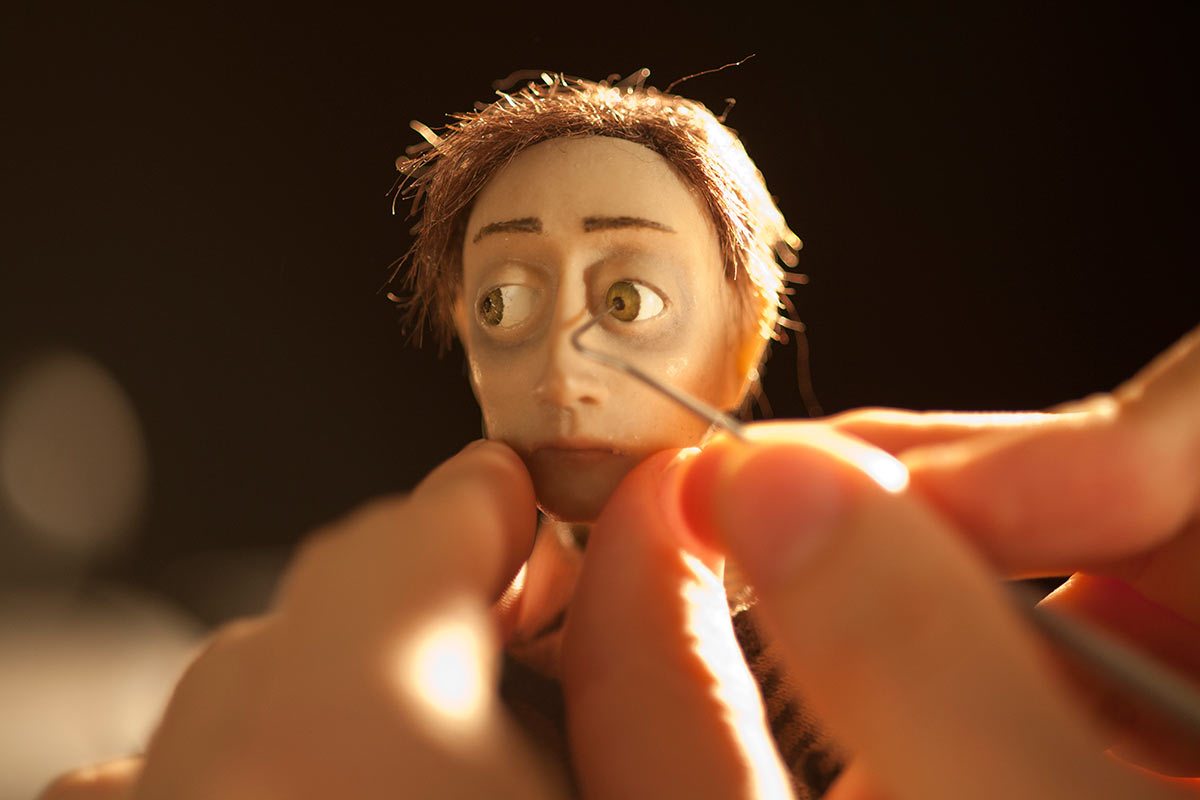
Your approach to animation has always been focused on traditional, hands-on techniques. I almost don’t dare to ask, but do you ever consider going digital?
Špela Čadež: Working traditionally can be tedious at times. Many colleagues have tried to persuade me, and I’ve considered it, but it’s just not the same. What I like about working traditionally is that you create the image under the camera, which sees things totally different than we and the computer do. For my current short Nighthawk I’m putting textures or cels with dirt and so in front of the camera. They’re just old tricks, really. In those old Hollywood movies they’d put glass with vaseline in front of the lens to give the actress a sort of glow.
Also, I have these magical pencils called All Surface Pencils. By using black and white pencils directly on cels and adding some water, I’m creating lightness and darkness. It’s quite often that I draw the very last details right then and there on the set. This continuous hands-on experimentation is what I love about stop motion.

.png)